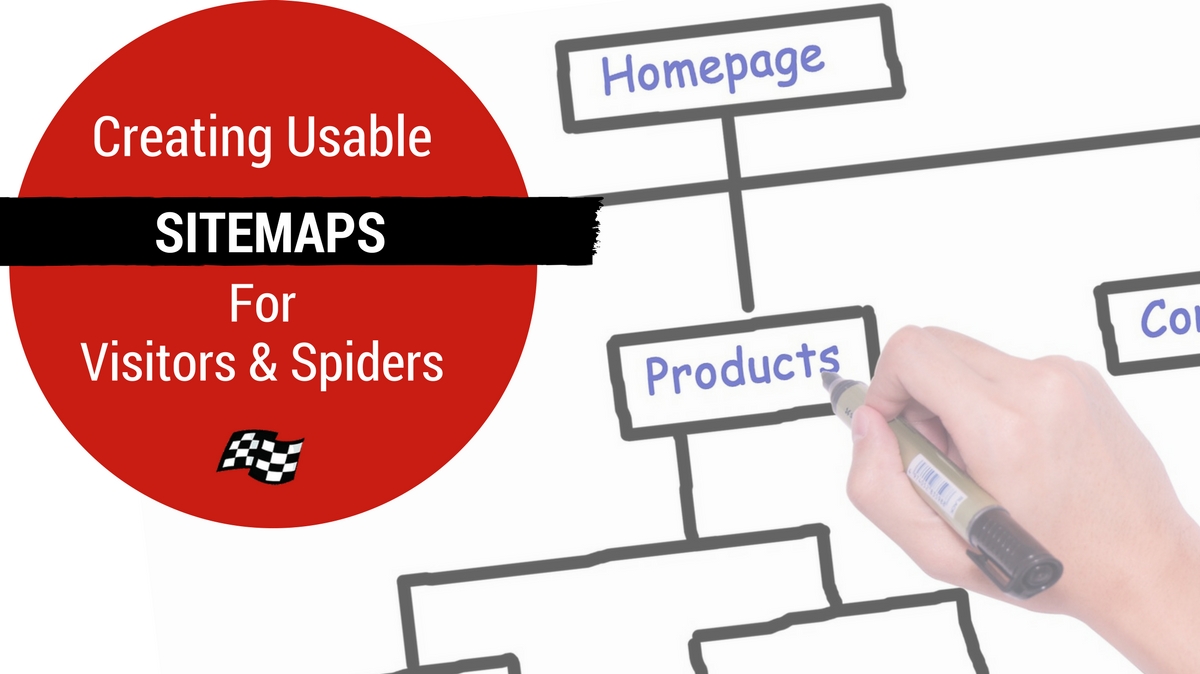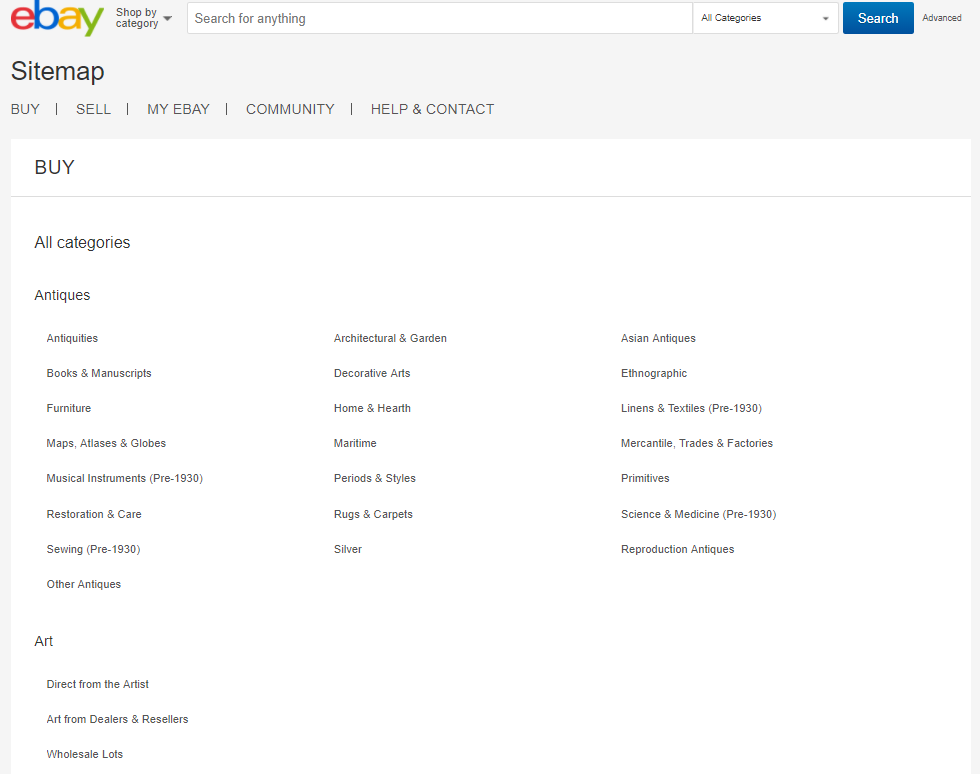
 This is part of the Total Usability Series that was originally published in 2007. A decade later, usability is more important than ever, so we are revisiting this series and updating all of the articles. This post was updated 11/8/2017.
This is part of the Total Usability Series that was originally published in 2007. A decade later, usability is more important than ever, so we are revisiting this series and updating all of the articles. This post was updated 11/8/2017.
There are two kinds of sitemaps: Those created for your site visitors and those created specifically for search engines. They both essentially have the same purpose…to help search engines and visitors find your web pages quickly and effectively. But search engines and visitors access your sitemap differently and therefore there are different methods that need to be applied to please both.
Site Map For Visitors
A well-crafted HTML sitemap is a great tool for site usability, helping visitors find your buried or hard-to-navigate pages. To ensure it’s as user-friendly as possible, apply the following tips:
- Make it easily findable. A link to the HTML sitemap should be included in your primary navigation or in the site’s global footer. Additionally, it should be linked to from various pages within your site, such as your Help page and 404 error pages.
- Provide an intro paragraph. This content should position the page as a source of answers for visitors. This is especially helpful for visitors who land on the page directly from a search engine or other source. You may also want to include short intros for each main section.
- Present links in a hierarchical format. An unorganized list of links is like searching through the bargain DVD bin at Walmart. You might find what you’re looking for, but you might give up before you do. To keep visitors from giving up and going to a different site, break links up into sections corresponding to the hierarchy of your main navigation. Use headings and subheadings to break up those sections to make the sitemap easily scannable as Ebay does on theirs.

- Keep it simple. The sitemap should primarily use textual links. The page should not be cluttered with images or other distractions.
- Use keywords. Make links keyword rich to help visitors understand where they go. Don’t use the page title tags for links as they are generally too long.
- Provide link descriptions, space providing. This helps the visitor better understand where each link will take them.
Sitemap For Spiders
Even though search engines can find your HTML sitemap, it’s a good idea to create an XML sitemap specifically for them. The XML format allows you to submit the sitemap page and track its indexing.
The XML sitemap is not meant for visitors, so you generally don’t want to link to it from within your site. Instead, link to it from your robots.txt file. Search engines can find it there.
Keep Them Current
Websites change. Pages are added, moved and/or deleted all the time. As these types of updates are made, both XML and HTML sitemaps must be updated. Non-updated sitemaps run the risk of sending both visitors and search engines to the wrong pages, effectively destroying usability and corrupting your internal link flow.
Provide Maximum Usability With Your Sitemaps
If you’re going to take the time to create sitemaps (and you should), make sure they are actually beneficial. The best way to do that is to make sure your sitemaps provide maximum usability for visitors and search engine spiders following these tips.
